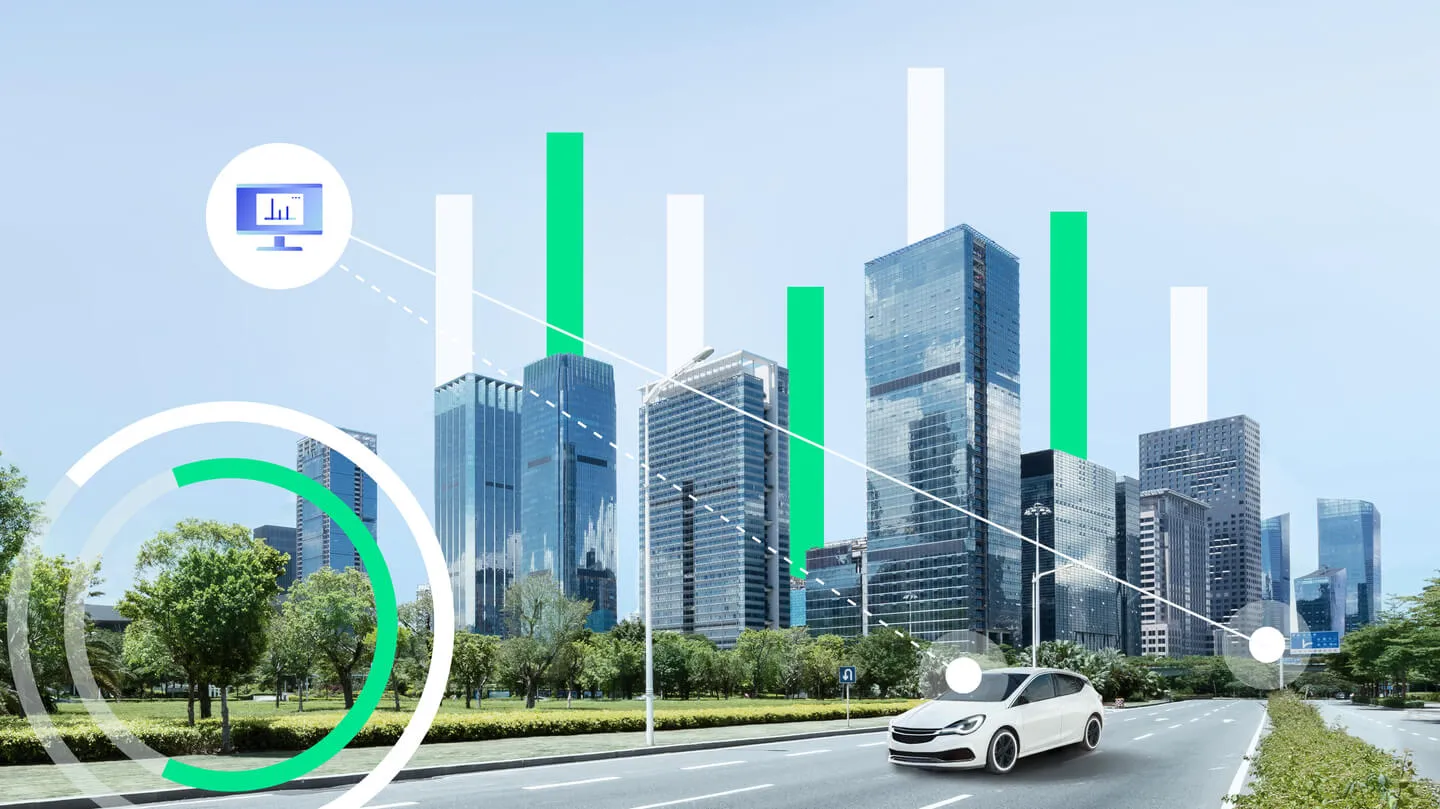How Technology Is Improving Urban Mobility
Technology is reshaping urban mobility in profound ways. Smart traffic management systems leverage real-time data to enhance traffic flow, while electric and autonomous vehicles promise a greener future. Public transportation is evolving with innovative solutions, and micro-mobility options are gaining traction among commuters. These advancements not only aim to alleviate congestion but also enhance the overall quality of urban life. Yet, the implications of these changes raise important questions about the future of transportation in cities.
Smart Traffic Management Systems
As urban populations continue to swell, the integration of smart traffic management systems has emerged as a pivotal solution for alleviating congestion and enhancing mobility.
Utilizing real-time analytics, these systems dynamically adjust traffic flow, optimizing routes and reducing delays.
Adaptive signalization further enhances this process, allowing traffic lights to respond to current conditions, thereby promoting a smoother, more efficient travel experience that empowers urban freedom.
Electric and Autonomous Vehicles
Transforming the landscape of urban mobility, electric and autonomous vehicles (EVs and AVs) represent a significant advancement in transportation technology.
The development of robust electric vehicle infrastructure supports the widespread adoption of EVs, while autonomous fleet management optimizes urban transportation efficiency.
Together, these innovations promise to enhance accessibility, reduce emissions, and ultimately provide individuals with the freedom to navigate their cities more sustainably and effectively.
Enhanced Public Transportation Solutions
While urban areas continue to expand, the need for enhanced public transportation solutions becomes increasingly critical.
Innovations such as real-time tracking and mobile applications empower commuters with greater flexibility and control over their travel. These technologies facilitate efficient route planning, reduce wait times, and ultimately encourage public transit use, thereby fostering a sense of freedom and accessibility within densely populated urban environments.
The Rise of Micro-Mobility Options
How can urban dwellers navigate their cities more efficiently?
The rise of micro-mobility options, such as scooter sharing and bike rentals, offers a flexible solution.
These services empower individuals to traverse urban landscapes with ease, minimizing congestion and enhancing accessibility.
As cities embrace these alternatives, residents gain newfound freedom, reducing reliance on traditional vehicles while promoting a sustainable urban environment.
Conclusion
As cities evolve under the influence of innovative technologies, the future of urban mobility hangs tantalizingly in the balance. With smart traffic systems synchronizing the flow of vehicles, electric and autonomous rides transforming the streets, and micro-mobility options weaving flexibility into daily commutes, the urban landscape is poised for a remarkable shift. Yet, the ultimate question lingers: will these advancements coalesce into a harmonious, sustainable future, or will they give rise to unforeseen challenges that cities must bravely confront?






